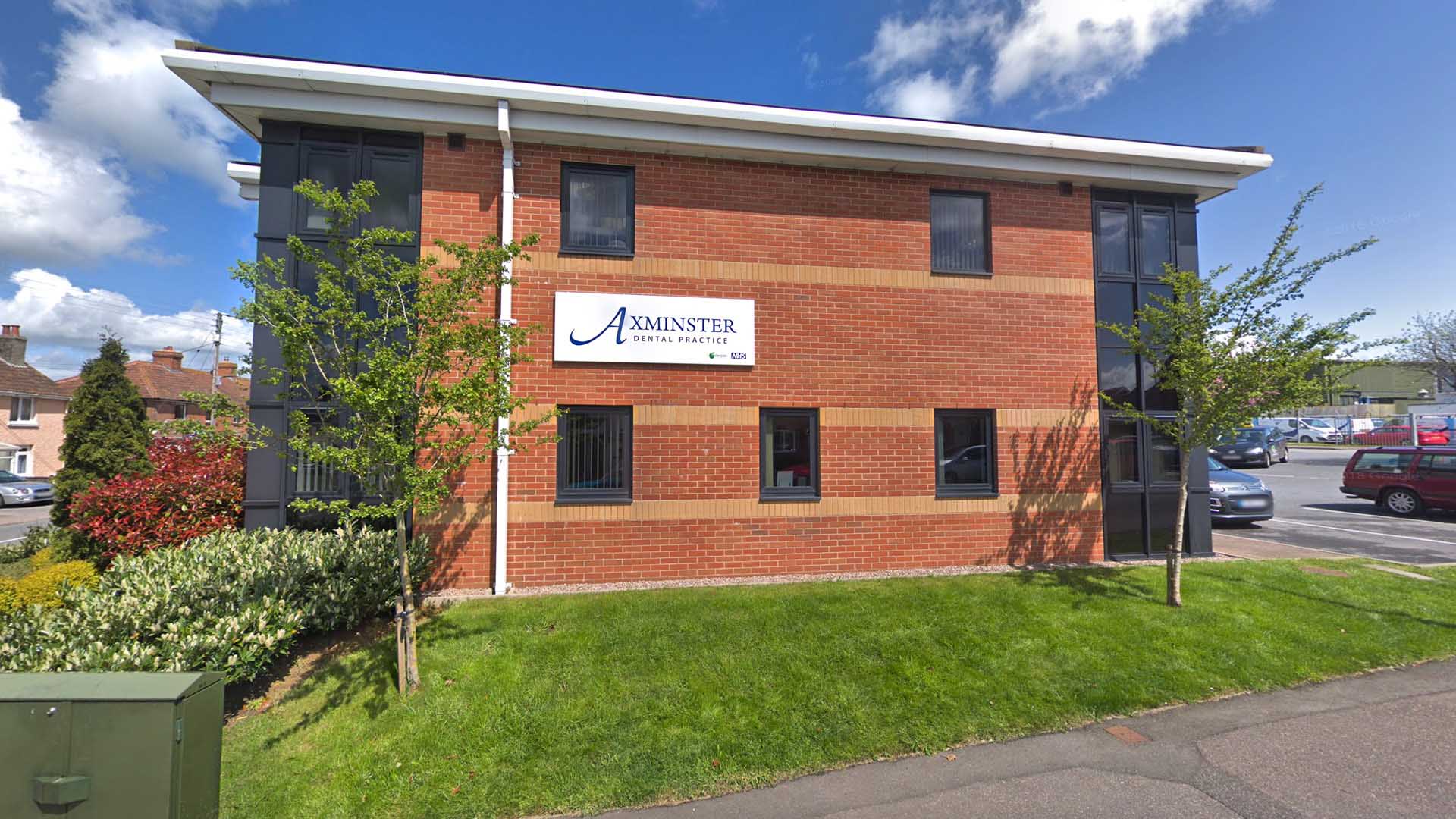Treatment of dental decay
Treatment of dental decay
Tooth Decay
Tooth decay or dental caries to give its correct name is the process where the tooth becomes destroyed. In its earliest stages, caries will only be visible to a hygienist or dentist so regular check-ups are essential. Decay first appears as small dark or opaque patches on the tooth surface. If left untreated the tooth may have to be extracted. Tooth decay is rarely painful until fairly far advanced.
The Cause
Everyone’s mouth contains millions of bacteria. The bacteria build up on the teeth and gums quickly multiply to form a soft sticky layer called plaque. These plaque bacteria use the sugar in food and drinks to produce acids. It is these acids which attack tooth surfaces and gradually dissolve the hard outer coating of the tooth known as enamel. With frequent sugar consumption the enamel will eventually break down and a hole or cavity will appear.
Sugar is the main contributing factor leading to tooth decay, but there are other factors that contribute. Saliva is natures way of protecting the teeth by neutralising the acids, produced by plaque bacteria. Anything that reduces the amount of flow of saliva can contribute to an increased risk of decay.
Other factors…
- Those already with fillings or crowns are also more at risk as the edge of the fillings are particularly vulnerable to acid attack. With increased age, receding gums are also more common and this may contribute to increasing risk as the root is not covered by enamel but by a softer material that is more easily dissolved. Exposed dentine on the roots of teath can also be the reason for dentine sensitivity.
- The wearing of any appliance that makes it more difficult to brush such as partial dentures, bridges or orthodontic braces.
- The elderly often suffer from a condition known as dry mouth (Xerostomia). This can result from ageing, medications or certain types of drug therapy.
Preventiony
In its earliest stage, decay may be reversed by the use of fluoride. However once a cavity has formed the damaged part needs to be removed and replaced with a filling. If left untreated for too long the tooth may have to be extracted.
Brushing with a fluoride toothpaste and reducing the amount and frequency of sugar in your diet will help. More particularly, avoid refined sugars such as glucose, sucrose, dextrose and maltose.
Fluoride is thought to work in several ways to help prevent decay. Studies have shown that regular use of a fluoride toothpaste will significantly reduce decay. The use of fluoride rinses can also contirbute to an additional 40% reduction in dental decay.
Summary
- Avoid sugary snacks and drinks between meals.
- Brush your teeth thoroughly at least twice a day.
- Visit your dentist or hygienist regularly
- Use additional treatments as directed by your dentist.

Axminster Dental Practice
Weycroft Avenue, Axminster, Devon. EX13 5HU
CQC: 1-152968418
Phone number:
01297 33733
Opening Times
Monday: 08:45 – 18:00
Tues – Thurs: 08:45 – 17:00
Friday: 08:45 – 16:00
Saturday & Sunday: Closed
Details
Onsite parking
Wheelchair access
Payment options
We prefer payments by cash or debit card
Axminster Dental Practice
Address:
Axminster Dental Practice
Weycroft Avenue
Axminster, Devon EX13 5HU
Telephone
01297 33733
Email
info@axminsterdentalpractice.co.uk
Parking
Onsite parking, Wheelchair access.